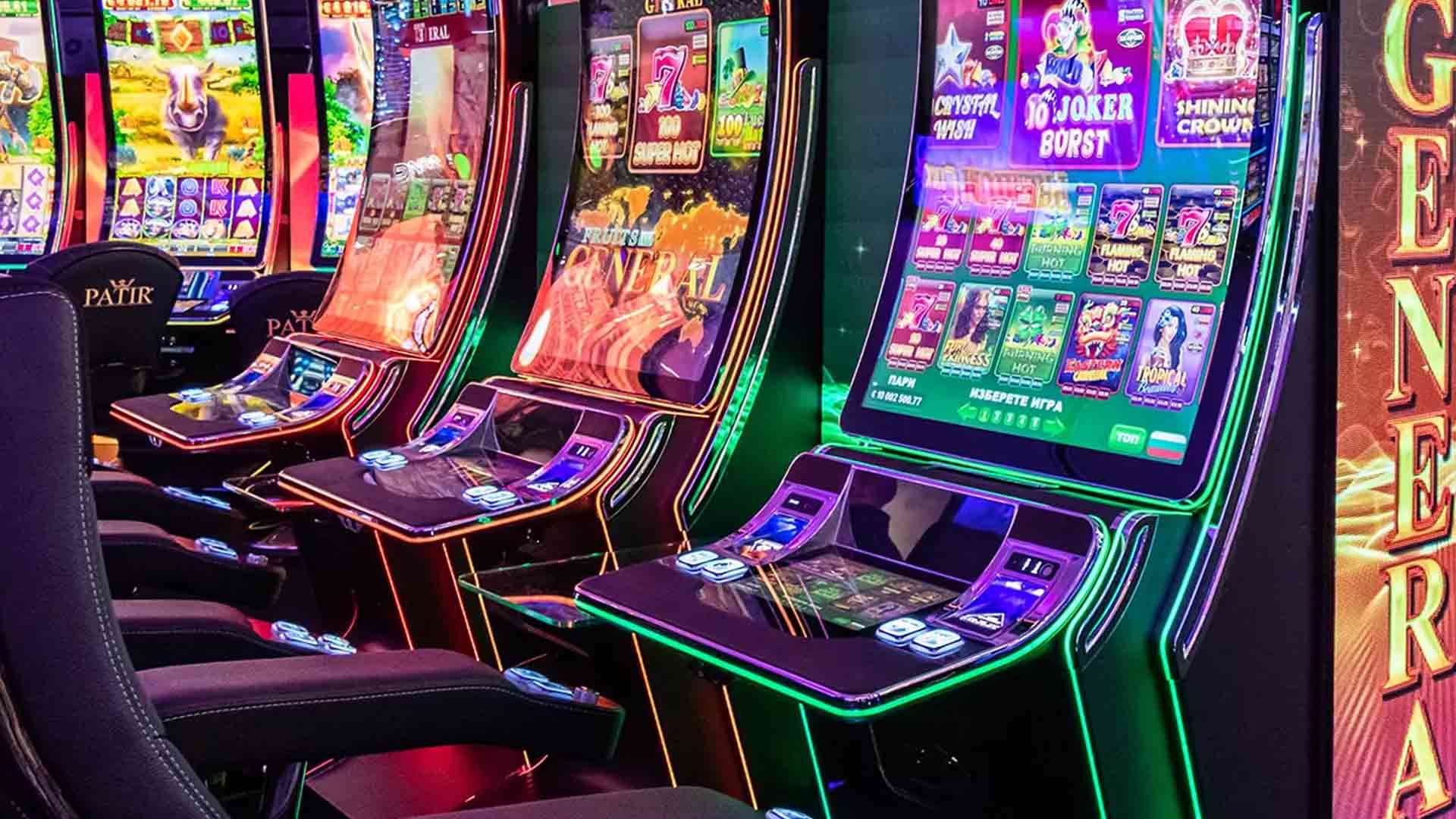The Secret Science of Casino Architecture

The Secret Science of Casino Architecture
Casino architecture is more than just aesthetically pleasing design; it's a meticulously crafted science designed to keep you playing longer and spending more. From the moment you step onto the casino floor, you're entering a carefully constructed environment, a labyrinth of calculated choices aimed at influencing your behavior and maximizing revenue. This isn't accidental; it's the result of decades of research and experimentation in psychology, neuroscience, and spatial design.
One of the most striking aspects of casino architecture is the deliberate absence of clocks and windows. This isn't a mere oversight. By removing external time cues, casinos create a timeless zone, allowing patrons to lose track of the hours, and consequently, their sense of urgency. The continuous, unchanging environment encourages immersion in the gaming experience, making it easier to forget about the outside world and its obligations. This psychological manipulation is so effective that it has become a foundational principle in casino design across the globe.
The layout of a casino is another crucial element. Casinos are rarely designed with a straightforward grid. Instead, they often feature winding corridors, dead ends, and circular layouts. This encourages exploration and, crucially, prevents easy escape. The longer you wander, the more opportunities there are for you to be drawn into another game. The central location of high-stakes gaming areas, often visible from many points on the floor, creates a sense of excitement and aspiration, drawing players towards the perceived thrill of the big win. This strategic placement of popular attractions is a key part of the "game attraction" principle.
Color plays a significant role as well. While often perceived as opulent and luxurious, casino interiors frequently incorporate colors known to stimulate the senses and evoke feelings of excitement and even a touch of anxiety. Deep reds, golds, and rich purples are common, not just for their association with wealth, but for their psychological impact. These colors can subtly increase heart rate and energy levels, making patrons feel more engaged and ready to gamble. The lighting, too, is carefully controlled. Bright, vibrant lighting often dominates the gaming floor, creating an atmosphere of perpetual festivity, while dimmer, more intimate lighting might be found in less active areas or private gaming rooms.
Sound is another powerful, yet often subconscious, tool. The ubiquitous jingle of slot machines, the excited chatter of winners, and the subtle hum of activity all contribute to a sonic tapestry designed to keep the adrenaline flowing. These sounds create a sense of constant reward and anticipation, reinforcing the idea that a win is always just around the corner. Casinos also employ "sonic cues" – specific sounds associated with winning or progressive jackpots – to further enhance the feeling of excitement and encourage continued play. The absence of silence is deliberate, as it can lead to introspection and a potential desire to leave.
The flow of foot traffic is also a major consideration. Casinos are designed to guide patrons from the entrance, past the highest-traffic gaming areas, and towards amenities like restaurants and bars, before eventually leading them back to the gaming floor. This creates a natural journey, encouraging spending at every turn. The positioning of machines themselves is also strategic. Less popular machines are often placed in high-traffic areas to draw attention, while popular machines might be subtly shifted to create a sense of scarcity and demand. The proximity of slot machines to entrances and exits is also carefully calibrated to make it easy to start playing but harder to leave impulsively.
Even the carpets are part of the plan. The intricate patterns and rich colors of casino carpets are not merely decorative. They are designed to be disorienting, further contributing to the sense of losing track of time and direction. These patterns can also help to absorb sound, creating a more controlled auditory environment. Furthermore, the plushness of the carpet can make walking feel less fatiguing, allowing patrons to stay on their feet and continue gaming for extended periods.
For those looking to explore the world of online gaming and discover alternative access points, the availability of a reliable and accessible platform is paramount. You can find such options through resources like the m88 mansion slot link alternatif. These platforms often mirror the psychological principles of physical casinos, albeit in a digital space, aiming to provide an engaging and immersive experience for players.
In conclusion, casino architecture is a sophisticated blend of art and science, where every design choice, from the placement of a slot machine to the color of the walls, is intended to create an environment that encourages prolonged engagement and increased spending. It's a testament to how deeply our surroundings can influence our behavior, making the casino floor a masterclass in psychological manipulation through spatial design.
```